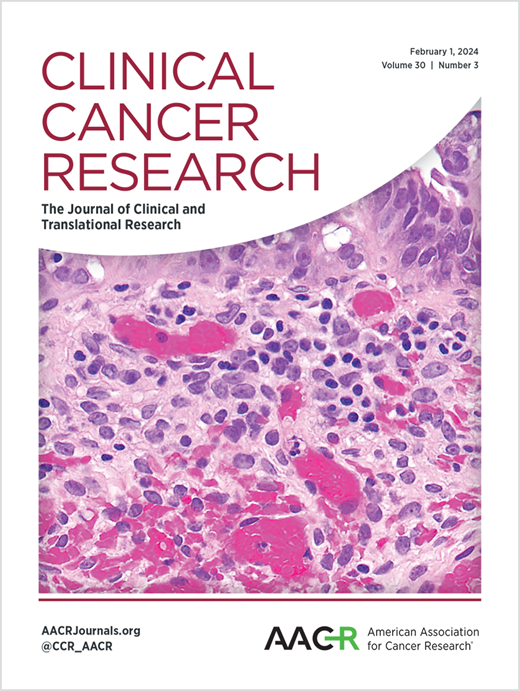One-Two Punch: Combining Chemotherapy and Immunotherapy to Decrease Radiation Dose and Related Toxicity in Children and Adolescents with Nasopharyngeal Carcinoma
IF 10
1区 医学
Q1 ONCOLOGY
引用次数: 0
Abstract
Nasopharyngeal carcinoma (NPC) is rare in children and adolescents. Although radiation has been an essential component of treatment for this often-curable tumor, it can lead to severe side-effects in survivors. Therefore, the reduction of radiation-related long-term effects by limiting radiation dose is a key clinical priority. Previous pediatric clinical trials by the Children’s Oncology Group (COG) and the German Society of Pediatric Oncology and Hematology (GPOH) have treated patients with induction chemotherapy followed by radiation with concomitant chemotherapy and adjuvant immunotherapy with interferon (GPOH), leading to excellent survival. These groups now take us forward into a new age of clinical trials using chemoimmunotherapy induction with anti-PD-1 therapies followed by response-adapted, dose-reduced radiation with the goal of preserving outcomes while limiting late effects and morbidities.组合拳:联合化疗和免疫治疗降低鼻咽癌儿童和青少年放疗剂量和相关毒性
鼻咽癌在儿童和青少年中是罕见的。尽管放疗一直是治疗这种通常可治愈的肿瘤的重要组成部分,但它可能会对幸存者产生严重的副作用。因此,通过限制辐射剂量来减少与辐射相关的长期影响是一个关键的临床重点。儿童肿瘤组(COG)和德国儿童肿瘤和血液学学会(GPOH)先前的儿科临床试验已经对患者进行了诱导化疗,然后放疗,同时化疗和干扰素辅助免疫治疗(GPOH),导致了良好的生存期。这些小组现在将我们带入了一个新的临床试验时代,使用抗pd -1疗法的化学免疫疗法诱导,然后是适应反应的、剂量降低的放疗,目的是在限制晚期效应和发病率的同时保持结果。
本文章由计算机程序翻译,如有差异,请以英文原文为准。
求助全文
约1分钟内获得全文
求助全文
来源期刊

Clinical Cancer Research
医学-肿瘤学
CiteScore
20.10
自引率
1.70%
发文量
1207
审稿时长
2.1 months
期刊介绍:
Clinical Cancer Research is a journal focusing on groundbreaking research in cancer, specifically in the areas where the laboratory and the clinic intersect. Our primary interest lies in clinical trials that investigate novel treatments, accompanied by research on pharmacology, molecular alterations, and biomarkers that can predict response or resistance to these treatments. Furthermore, we prioritize laboratory and animal studies that explore new drugs and targeted agents with the potential to advance to clinical trials. We also encourage research on targetable mechanisms of cancer development, progression, and metastasis.
 求助内容:
求助内容: 应助结果提醒方式:
应助结果提醒方式:


